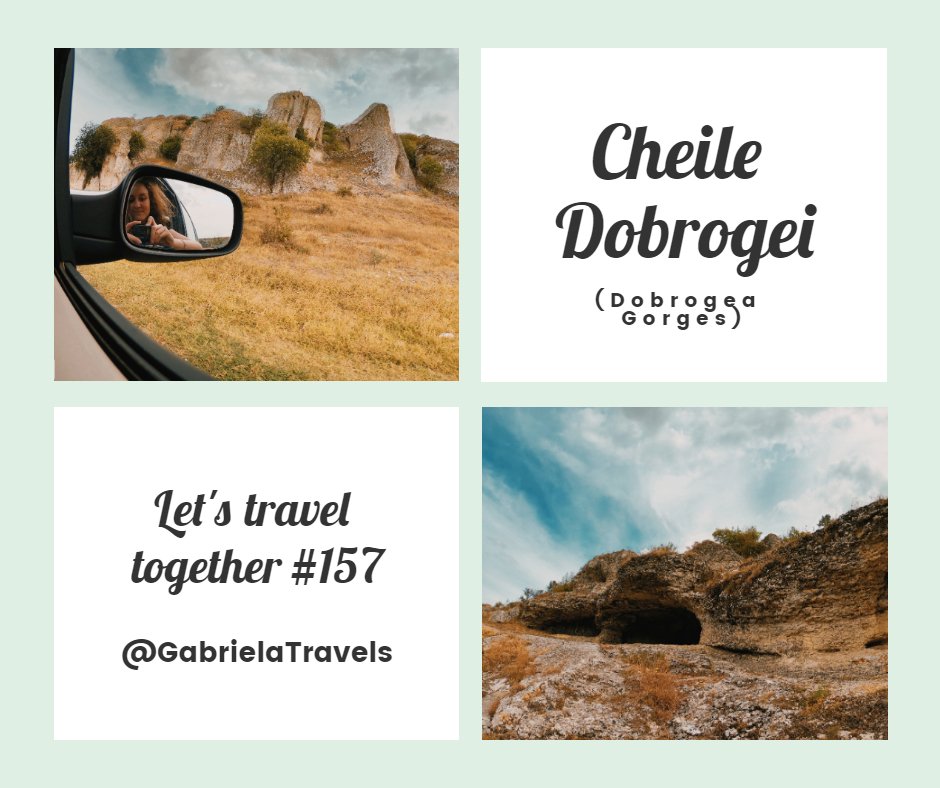
With every single step made, you get a stronger feeling that you are becoming part of a completely new world which shows you how things used to be millions of years ago when the whole area was less populated by people but more with dinosaurs and prehistoric animals, while you discover some of the oldest lands from Europe which date from the Jurassic ages.

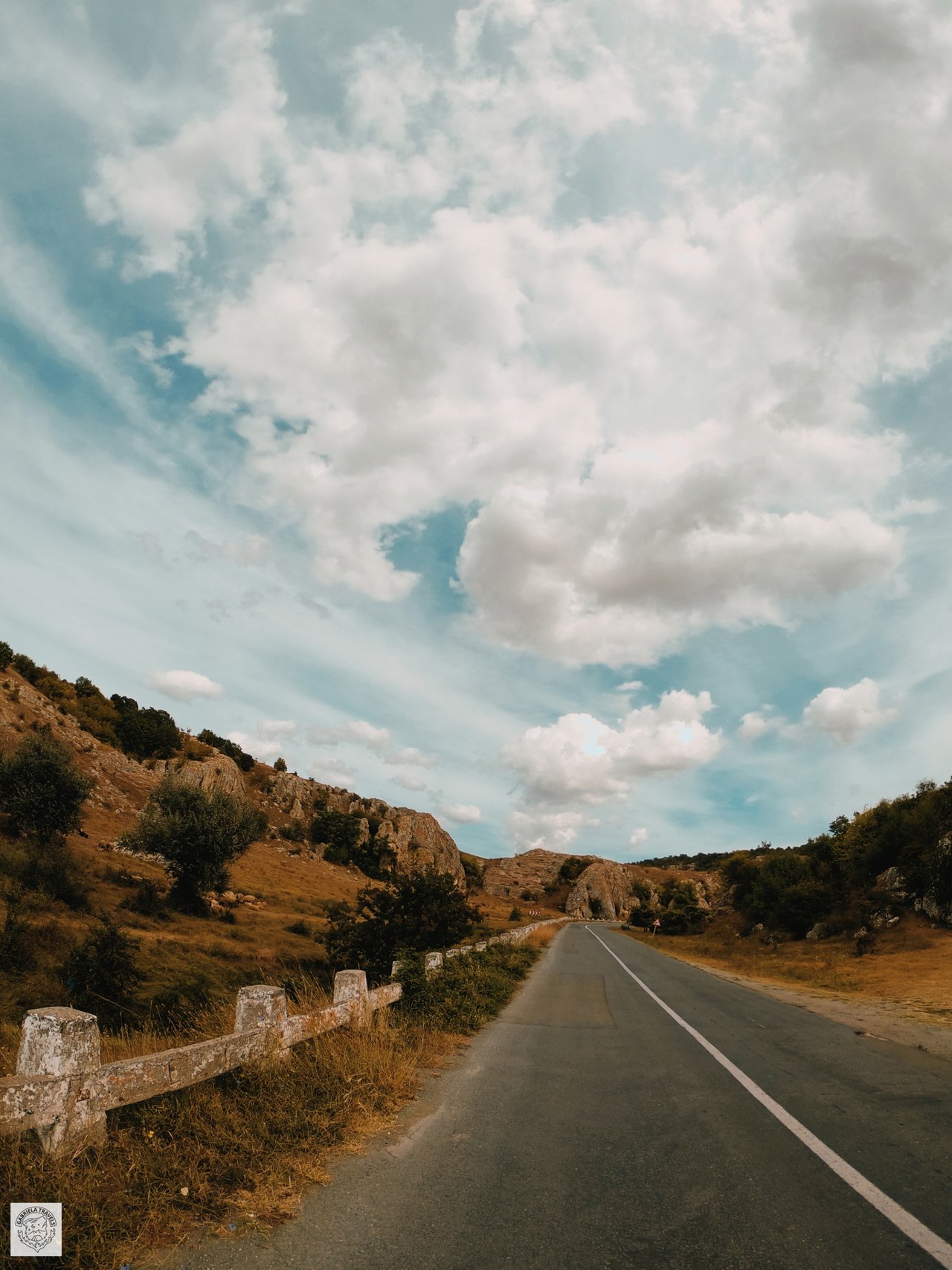
After we discovered by mistake Adam’s Cave which made us add some extra information and knowledge about the past of Romania into our backpacks, and be prepared for some more amazing locations hidden close to the Black Sea, we figured out that there is no better way to enjoy the whole journey other than exploring a few more places until the end of the day.
So.. back to the car and off we go!
We’ve been driving just 12 km away from our previous discovery when we faced some more gems offered by nature, still located on the Dobrogea Natural Reservation and Bird’s Protected Area from Constanta County.
The place is called Dobrogea Gorges, and at first, the name doesn’t offer you too much excitement thinking that you may end up on one of those random paths
on a forest that were dug by a river with not too many things to be seen other than connecting with nature for a few moments and fill your lungs with some fresh air, but being on some arid fields mostly covered by dust and earth, the gorges made us feel more like driving on some forgotten roads from Utah, or some gorgeous canyon.
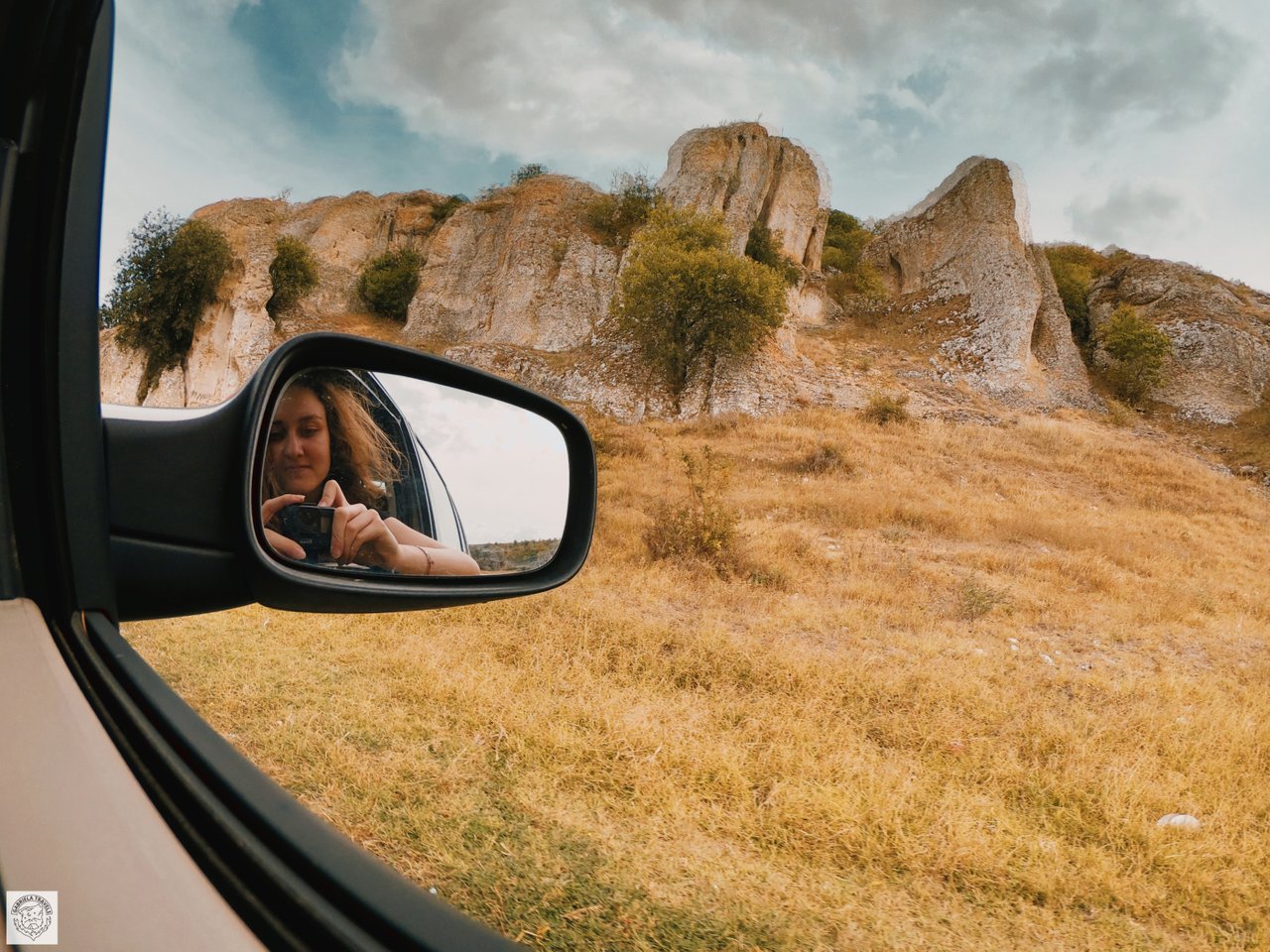
A smaller canyon for sure, but that’s what I felt while delighting my sight with the incredible formations which were surrounding our journey.
Not that I visited Utah or some canyons from the states and I am able to make a comparison (it’s a big dream of mine, though), but being part of the Hive community I got the opportunity to virtually travel with many of you, so here we go.

The gorgeous area is located in the northeast side of Constanta County, and the road which is crossing it is the national road DN22 which makes it an even more pleasant experience because you can discover Dobrogea Gorges from the car while listening some music and letting the wheels of the car to slowly make you feel like you are dreaming with the eyes wide open.

From our experience with the national roads, we were used to seeing queues of cars and lots of hurried drivers who venture into overtaking no matter what the road markings were indicating, but happily, this was not the case of this place which is barely crossed by a few cars in an hour.
The road is great, with no pits or any obstacles, which is the proof that on this part of the world, nature is still enjoying its fresh air not being polluted by cars or toxic people who make us recognize when they passed through those places, leaving behind nothing else but lots of garbage.
We’ve spent some good minutes on this place, both by driving the car and walking here and there to take some pictures and explore the surroundings and we barely counted like 5 cars which were most
likely commuting to work or back home, which gave us a great feeling not being perturbed by the traffic noise or crowded places.
When we visited the place it was somewhere during the week, so the situation might be a little different in the weekend, but I doubt too many people are coming since the whole area and the villages from nearby are pretty poor and with not too many residents that most likely are commuting daily or working abroad.
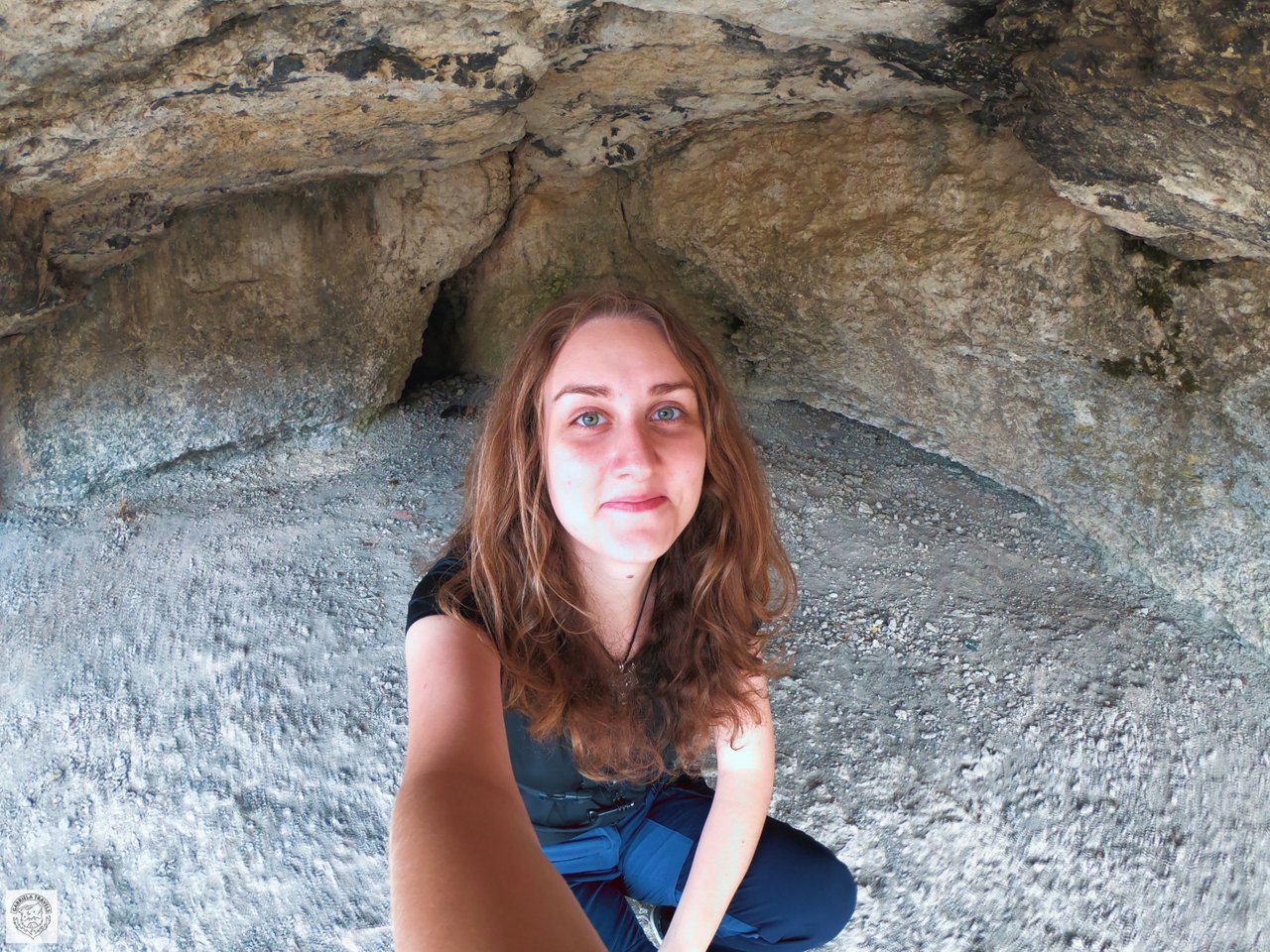
Only 100 years passed since the place was first discovered and another 13 years (in 2007) since it was declared a protected area for the birds which are living here and which represent some rare creatures unique in Europe that should get to enjoy their living for a long while and not be banished by the selfish nature of people.
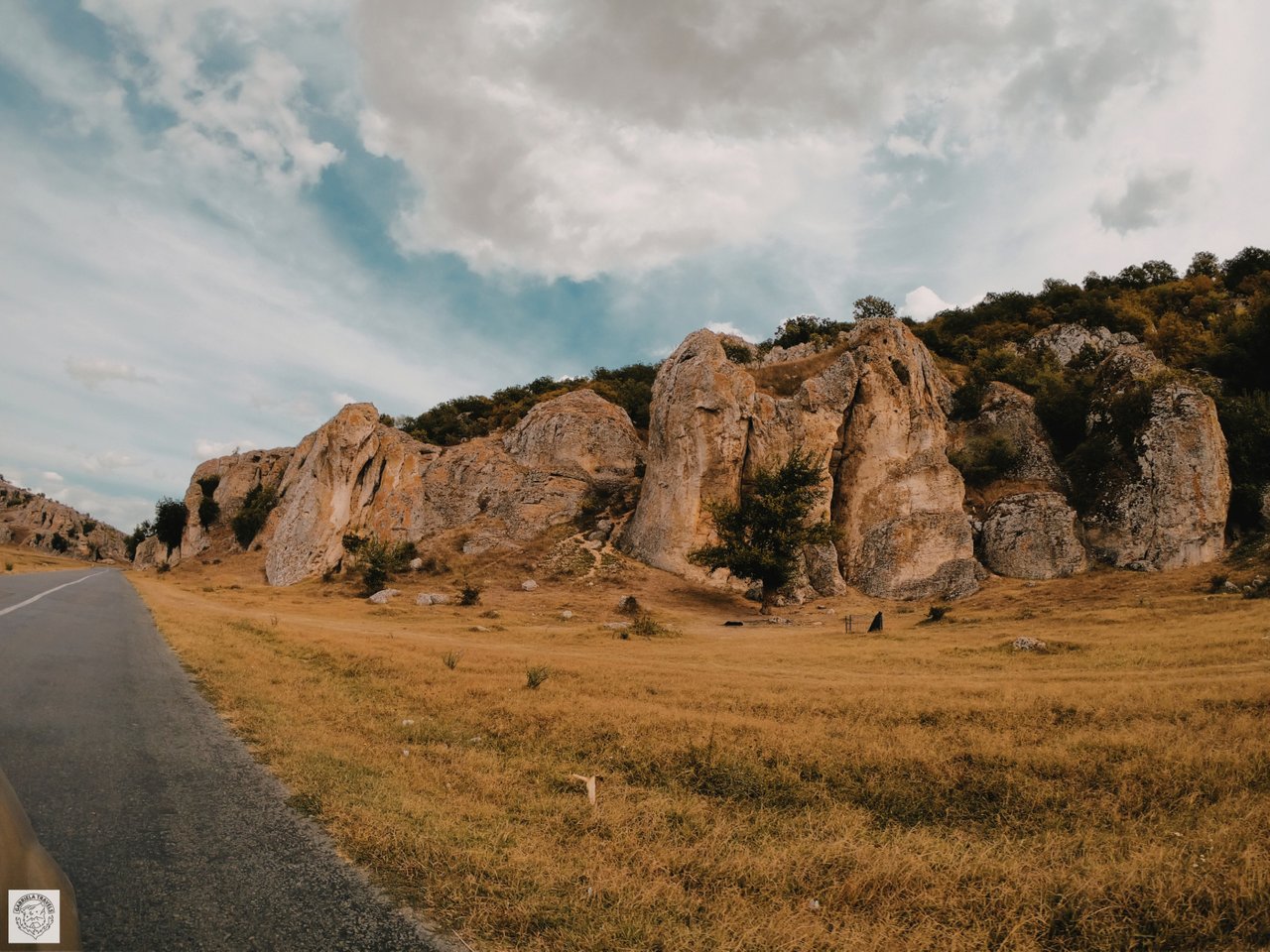
From the over 60 different unique species which have been discovered so far on the territory of Dobrogea Gorges we remember Alcedo atthis, Branta ruficollis, Branta ruficollis and Oriolus oriolus, but also Aquila heliaca which we’ve got to see during our exploration and made us feel like being some imposters lost somewhere back in time when the area was populated with dinosaurs and primitive birds.
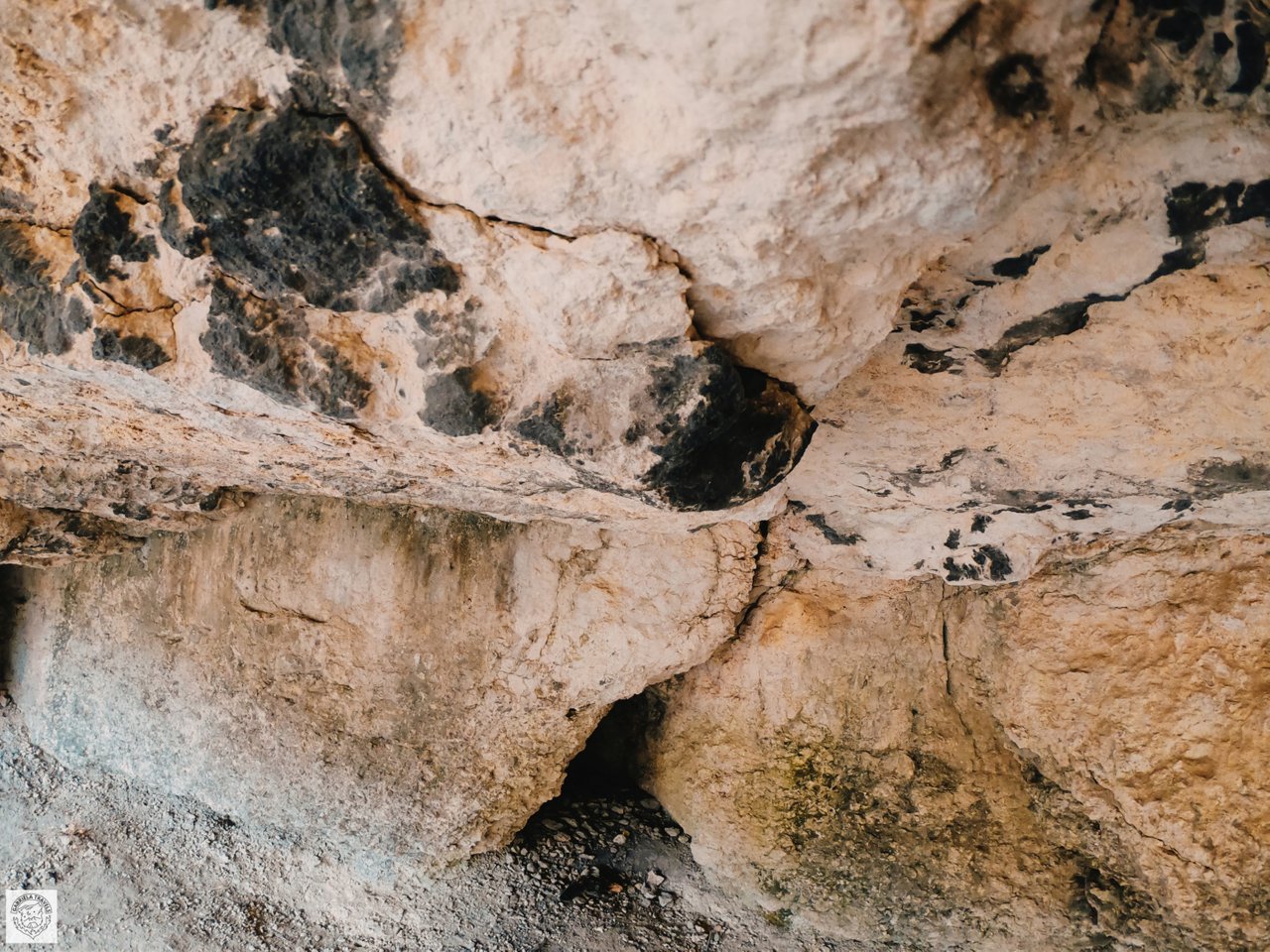
The stories about dinosaurs are not randomly remembered, and you’ll understand why if you’ve read my previous post, because the whole area from Dobrogea is dominated by impressive limestone giants that go up to 30 meters height and which date during the Jurrasic and Cretaceous ages, taking them millions of years to reach the wonderful formations we get to admire in these days.
Surprising or not, while on the cave we’ve previously discovered was found a molar which was 100,000 years old, Dobrogea Gorges don’t step back from the discoveries that make us feel like the world was put for a few moments on pause and some flesh backs are striking our memory thinking what it was like to live in those times, being found traces and bones from the prehistoric animals such as mammoths and thorny rhinos.
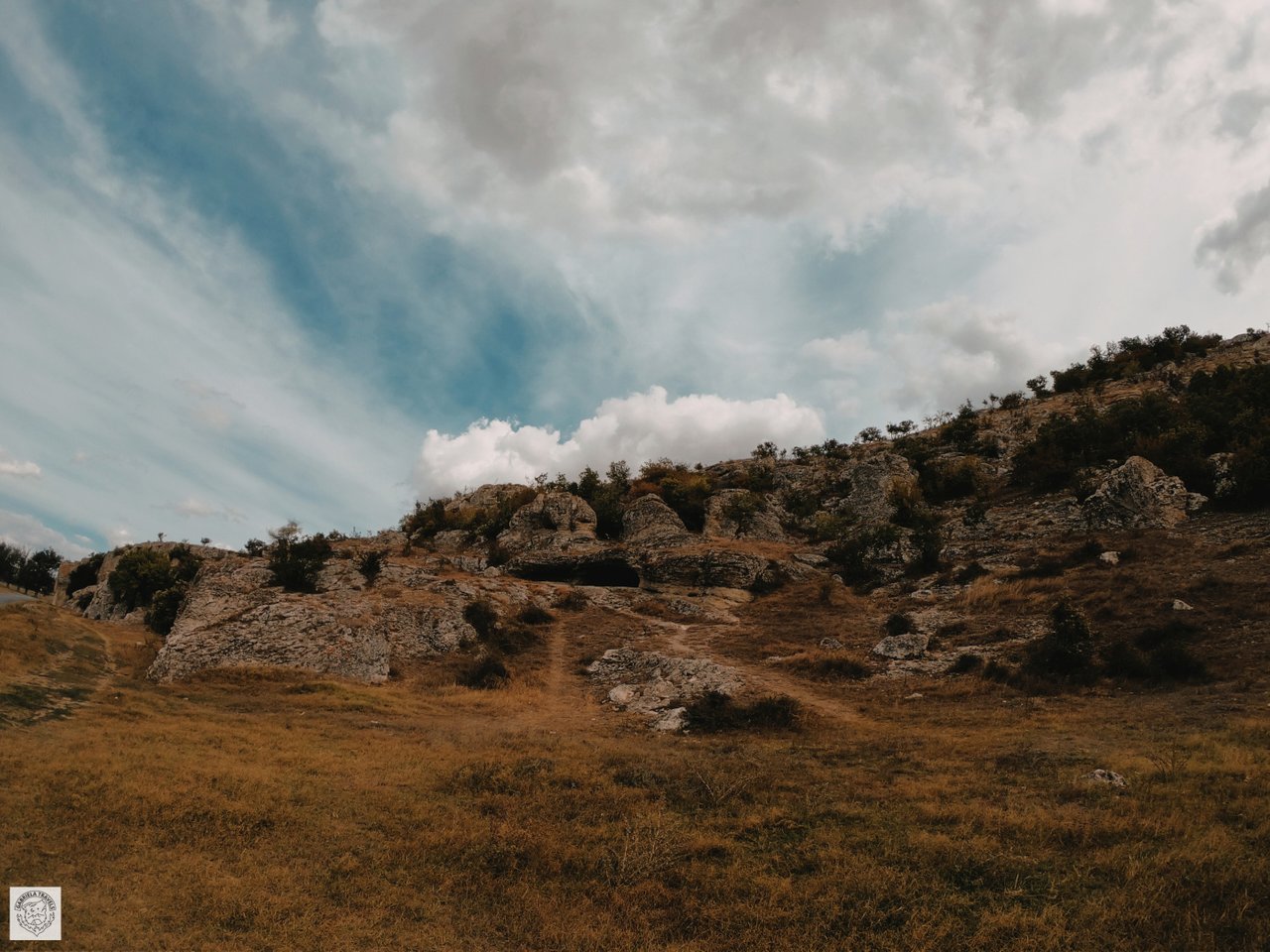
The feeling that you are walking in a completely new world with every single step made, gets even stronger when you discover some of the formations left shaping a cave or a natural house where most likely some humans used to live millions of years ago, especially when you get to see the markers and inscriptions made on the limestone walls, which represent a foreign language for the people of the 21st century, but also the smoky walls and ashes of the fire camps.
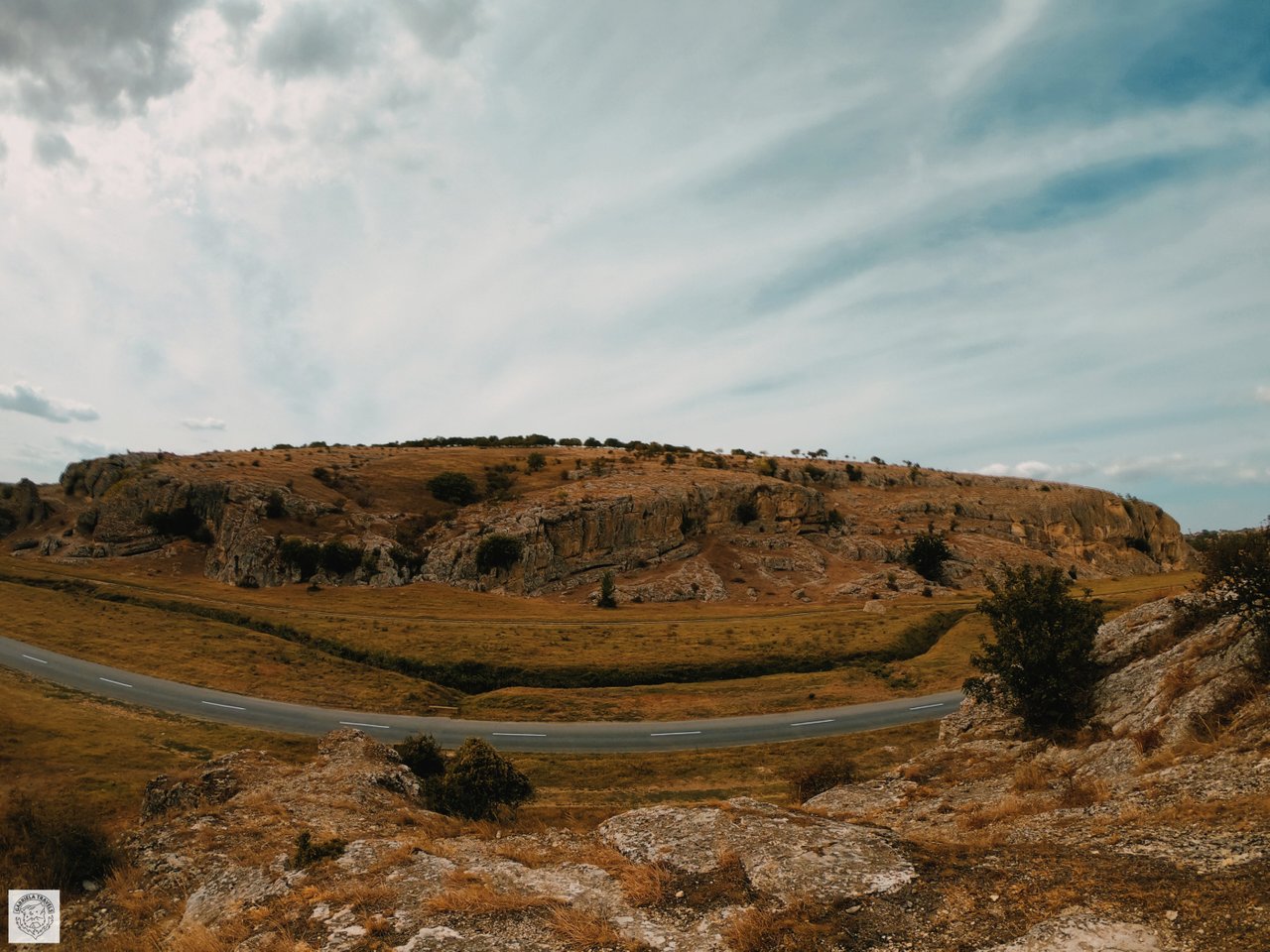
Being surrounded by the huge limestone formations, you often tend to believe they are really close to you and that you can simply drop off the car and go there to admire them closer, but keep in mind that as any natural beauty requires some effort from those who wish to conquer them, so does the stones located on the top of the hills. The sound of the river which is slowly flowing along the winding road, as well as the music sung by the over 100 species of birds (most of them endangered and protected by nature), complete the whole fairytale landscape that is encouraging you more and more to go out there and explore the surroundings.

The impressive rocks with the shape of some giants molars not only that hide some of the most incredible stories they took part in, but they also represent former coral reefs of the Tethys Ocean which were once covered by the Black Sea, that are perfectly completed by the short trees and the fauna very specific for this kind of arid realms.

The oldest rock formations of Europe which represent a 2 km long canyon that conquers more and more hearts with each passing year, is situated just 40 km away from Constanta City where you’ll find some of the main resorts and beaches from Romania and is located on the national road DN22 from Gura Dobrogei village, which represents a protected area with lots of things to be discovered that will offer you a completely new perspective over the history and different ages we’ve only heard stories and legends about.

All rights reserved.
